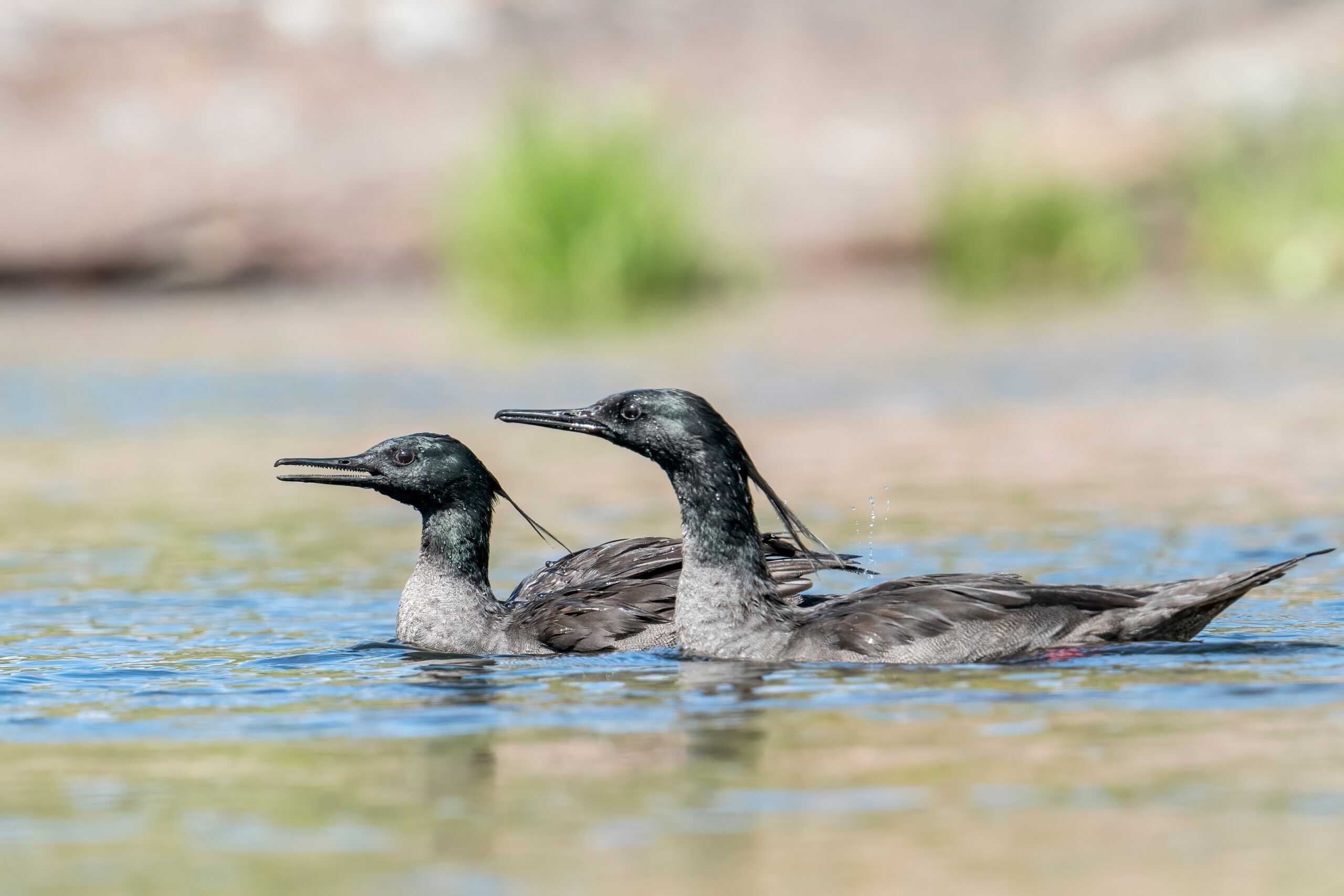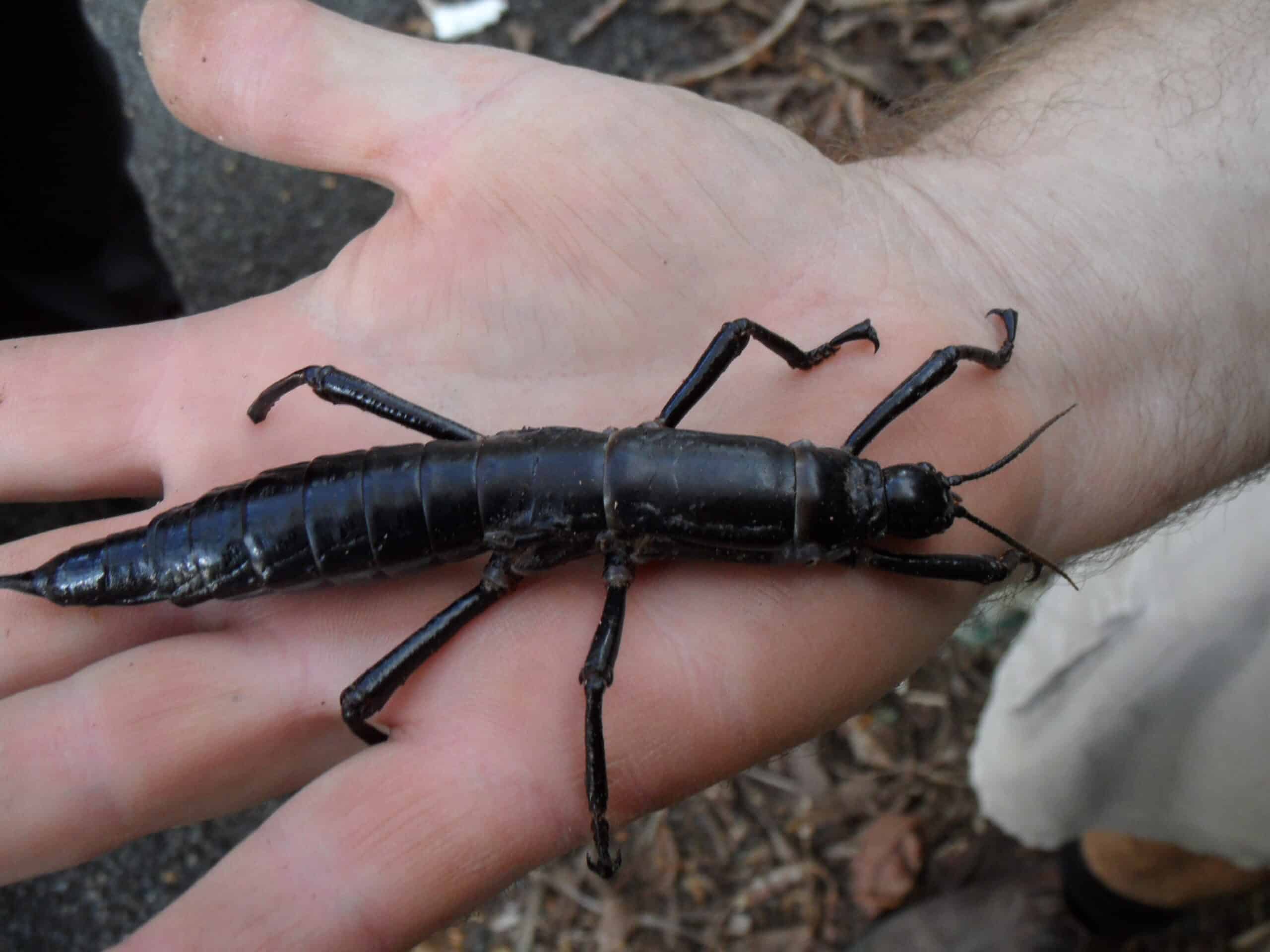Our bodies are marvels of nature, containing numerous parts that we often overlook or don’t even know exist. From tiny muscles that cause goosebumps to vestigial organs with ancient roots, these hidden features play intriguing roles in our anatomy. In this article, we’ll explore 20 fascinating and lesser-known body parts, revealing their unique functions and evolutionary stories.
Vestigial Tail
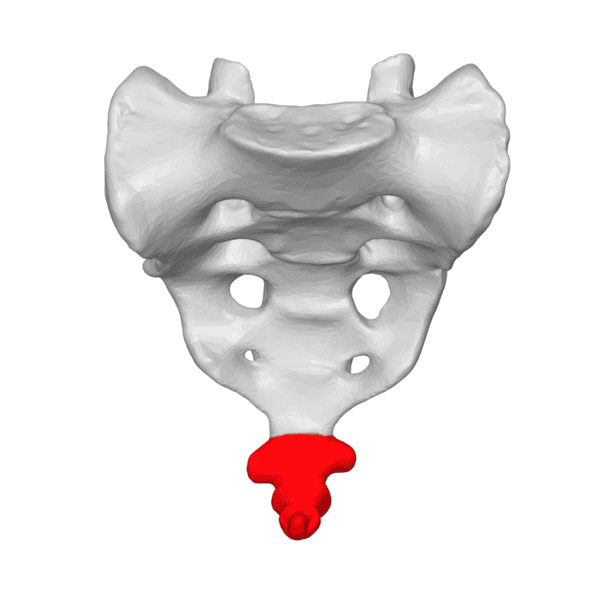
The vestigial tail, also known as the coccyx, is a small, bony structure located at the end of the vertebral column. It is a remnant of a tail found in our primate ancestors. The coccyx primarily serves as an attachment site for tendons, ligaments, and muscles. It also helps in weight-bearing when sitting, although its function is relatively minimal in modern humans.
Palmaris Longus Muscle
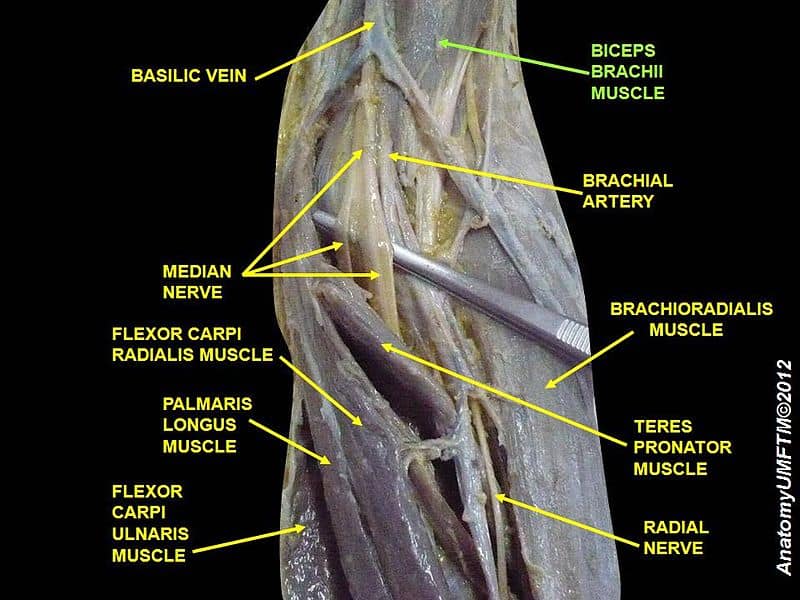
The palmaris longus muscle runs from the elbow to the palm and is not present in about 14% of the population. This muscle assists with wrist flexion and gripping objects. Despite its absence in some individuals, the lack of the palmaris longus muscle does not significantly affect normal hand function.
Darwin’s Tubercle
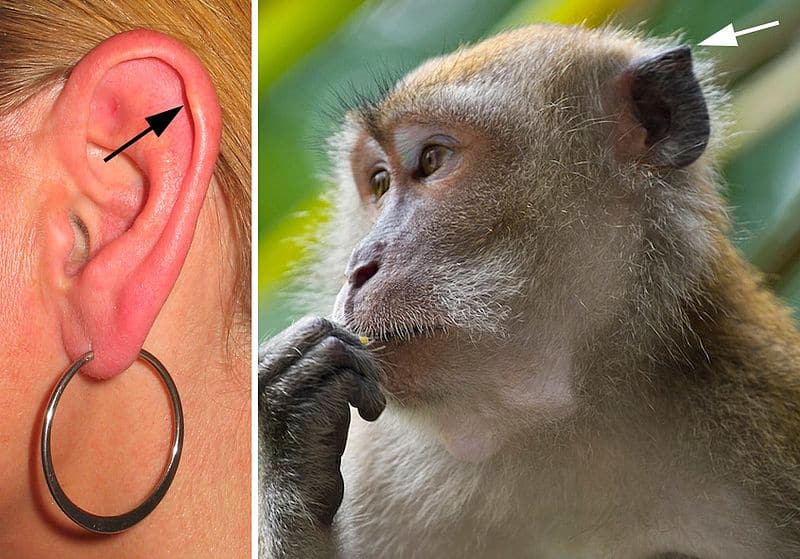
Darwin’s tubercle is a small, pointed, cartilaginous bump found on the upper edge of the ear. It is believed to be a remnant of a larger ear structure that existed in our mammalian ancestors. This feature is considered vestigial and has no known significant function in modern humans.
Plica Semilunaris
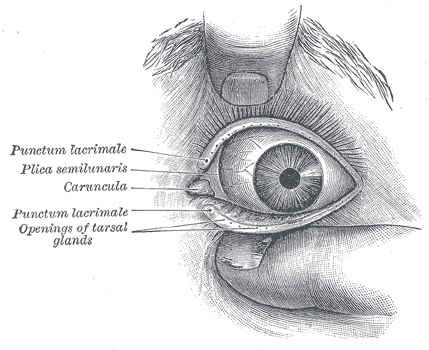
The plica semilunaris is a small fold of tissue located at the inner corner of the eye. It is a remnant of the nictitating membrane, or third eyelid, found in some animals. In humans, the plica semilunaris provides a minor contribution to tear drainage and helps maintain eye moisture.
Arrector Pili Muscles
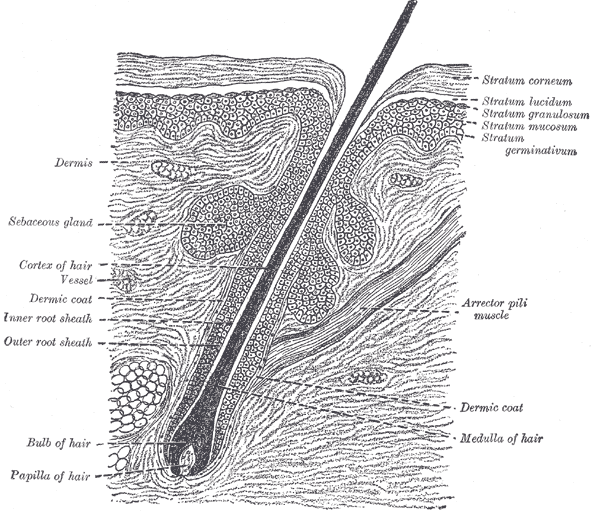
Arrector pili muscles are tiny muscles at the base of hair follicles that contract in response to cold or fear, causing goosebumps. In animals, this reaction would make the fur stand on end, providing insulation or making the animal appear larger. In humans, this reaction has little practical use.
Jacobson’s Organ (Vomeronasal Organ)
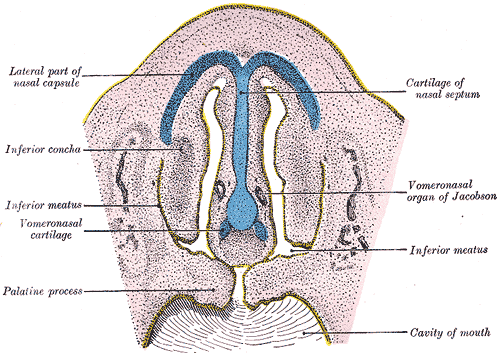
Jacobson’s organ, or the vomeronasal organ, is a chemoreceptor located in the nasal cavity, believed to be involved in detecting pheromones. In some animals, it plays a crucial role in social and reproductive behaviors. However, in humans, it is largely non-functional or vestigial.
Subclavius Muscle
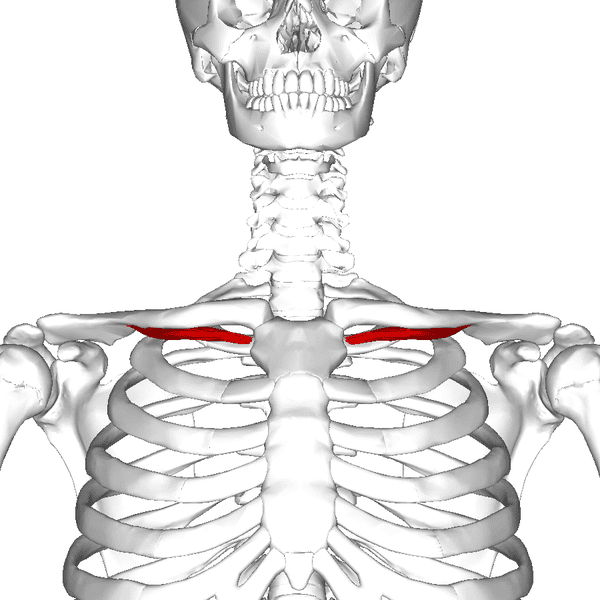
The subclavius muscle is a small muscle located beneath the clavicle (collarbone). Its primary function is to stabilize the clavicle during arm movements. Although it plays a supportive role, the subclavius muscle is not essential for arm function.
Auricular Muscles
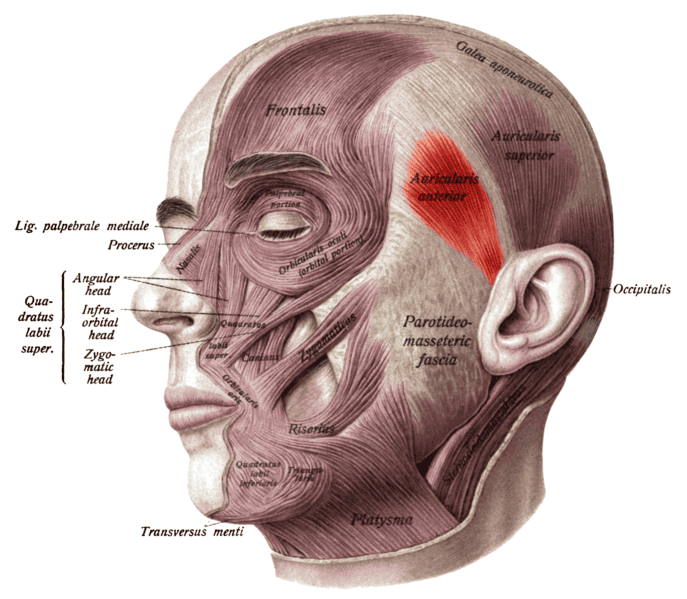
The auricular muscles are a group of three muscles surrounding the outer ear. These muscles can move the ear in some animals. In humans, they are largely non-functional, though some people can still wiggle their ears using these muscles.
Philtrum
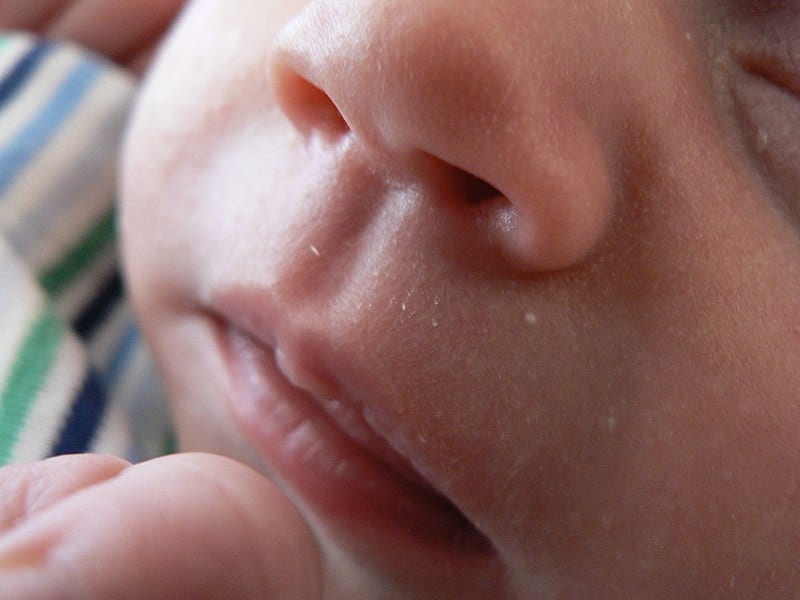
The philtrum is the vertical groove located between the nose and the upper lip. In many mammals, the philtrum enhances the sense of smell by directing scents towards the nostrils. In humans, the philtrum serves no significant function but contributes to facial aesthetics.
Preauricular Pits
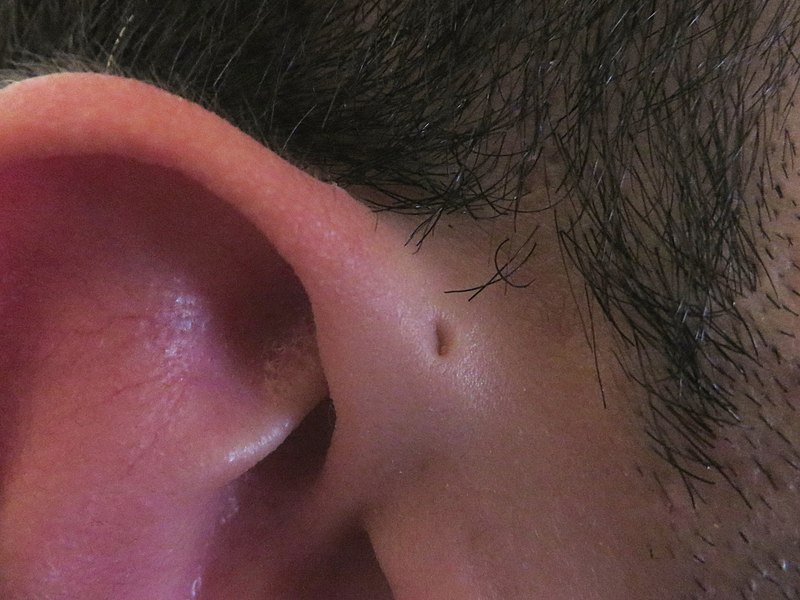
Preauricular pits are small, congenital holes located near the front of the ear. These pits are thought to be evolutionary remnants of fish gills. Typically, preauricular pits have no function or impact on health, though they can sometimes become infected.
Morgagni’s Tubercles
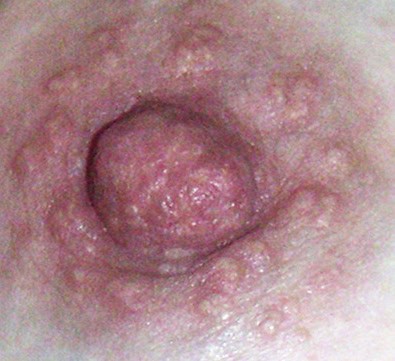
Morgagni’s tubercles are small, rounded elevations found around the areola of the breast. These tubercles are sebaceous glands that secrete an oily substance to keep the areola and nipple lubricated during breastfeeding, playing a supportive role in nursing.
Paranasal Sinuses
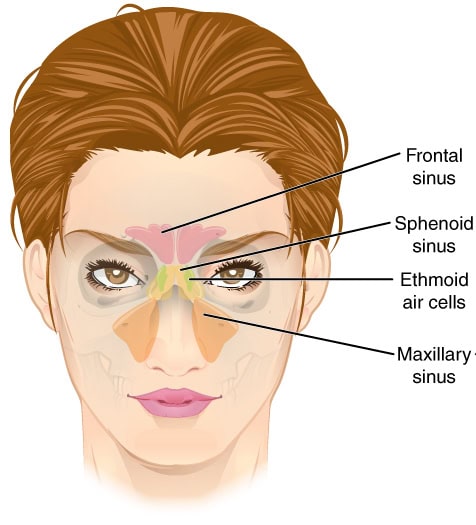
Paranasal sinuses are air-filled spaces within the bones around the nasal cavity. They help humidify and warm inhaled air, enhance voice resonance, and reduce skull weight. These sinuses also contribute to the overall health of the nasal passages.
Sesamoid Bones
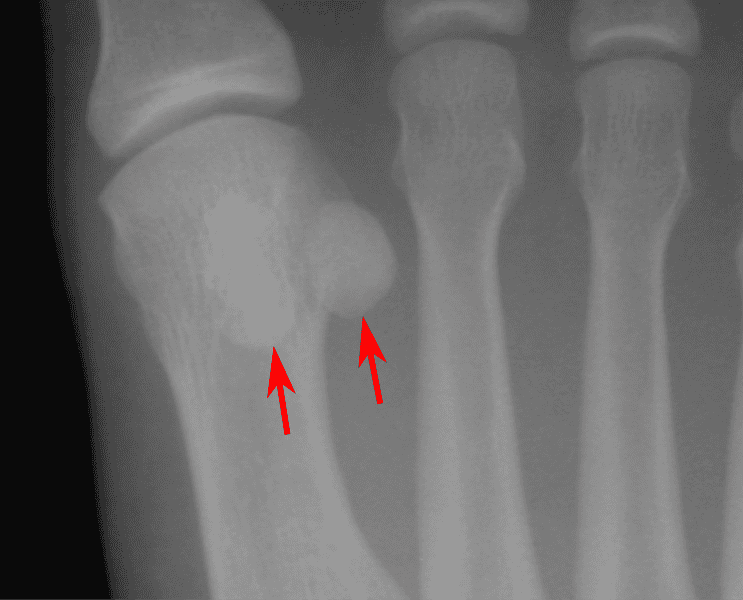
Sesamoid bones are small, round bones embedded within tendons, commonly found in the hands, feet, and knees (e.g., the patella). They protect tendons from stress and wear, and increase the mechanical efficiency of joint movements, contributing to smooth and effective joint function.
Erector Spinae Muscles
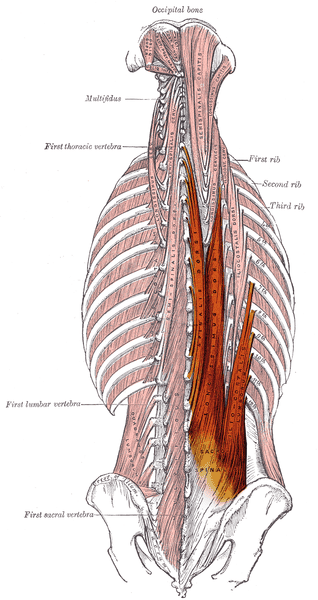
The erector spinae muscles are a group of muscles and tendons running along the spine. These muscles assist with the extension, flexion, and rotation of the spine, providing stability and enabling various movements essential for posture and locomotion.
Hyoid Bone
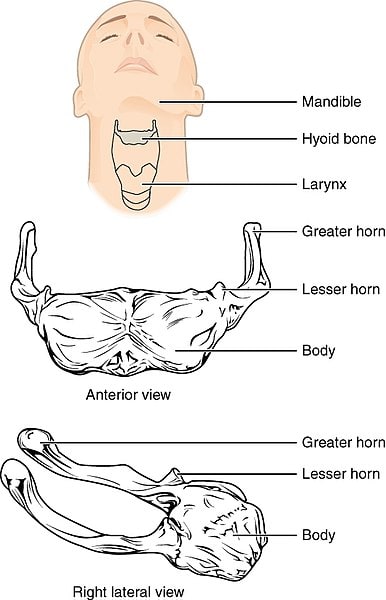
The hyoid bone is a U-shaped bone located in the neck, unique in that it is not connected to any other bones. It supports the tongue and serves as an attachment site for muscles involved in swallowing and speech, playing a crucial role in these vital functions.
Tonsillar Tissue
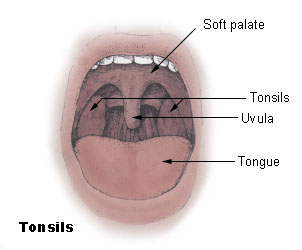
Tonsillar tissue consists of lymphoid tissue located in the pharynx (throat area). It plays a role in the immune response by trapping pathogens entering through the mouth or nose, acting as a first line of defense against infections.
Thymus
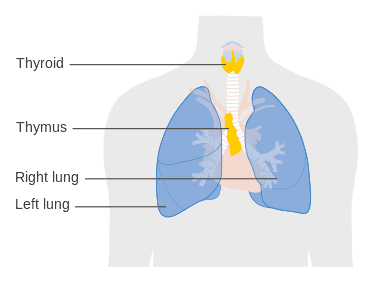
The thymus is a small gland located behind the sternum, above the heart. Essential in early life, it contributes to the development of the immune system by producing T-cells. After puberty, the thymus shrinks and becomes less active, though it remains functionally important during childhood.
Pineal Gland
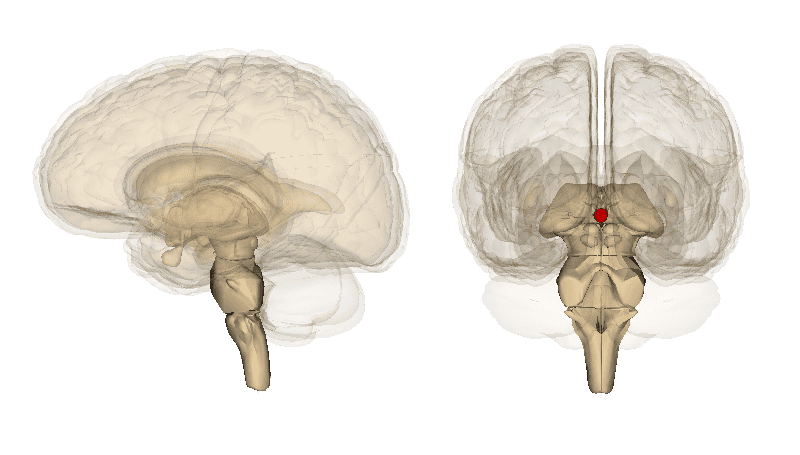
The pineal gland is a small, pinecone-shaped gland in the brain. It produces melatonin, a hormone that regulates sleep-wake cycles. The pineal gland plays a significant role in maintaining circadian rhythms and overall sleep health.
Glabella
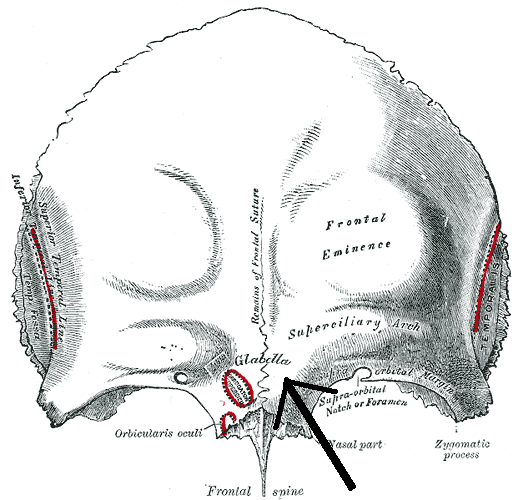
The glabella is the smooth area of the forehead between the eyebrows. It plays a role in facial expression and can indicate emotions like surprise or anger. The glabella’s prominence and movement contribute to non-verbal communication and facial aesthetics.
Meibomian Glands
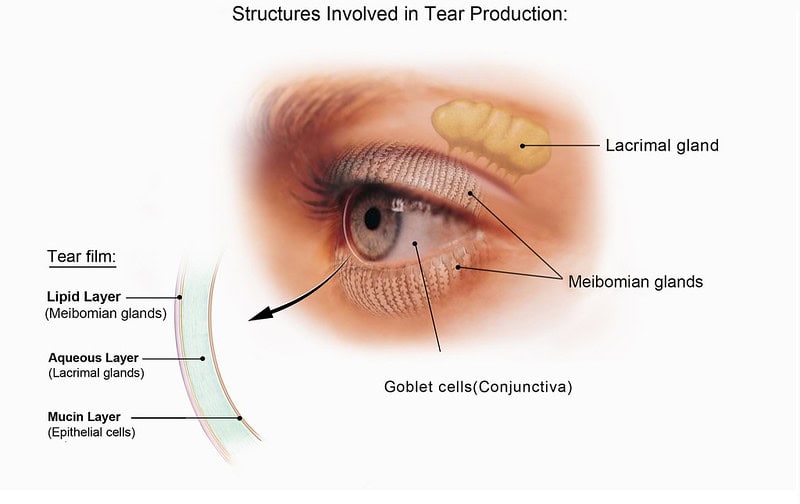
Meibomian glands are oil-producing glands located along the edges of the eyelids. They secrete an oily substance that prevents evaporation of the eye’s tear film, maintaining eye lubrication and comfort. These glands are crucial for eye health, preventing dry eye syndrome and other ocular issues.
This article originally appeared on Rarest.org.
More From Rarest.Org
Ducks are familiar sights in many parts of the world, often seen gliding elegantly on ponds and lakes. However, some species are far from common and teeter on the brink of extinction. This article explores the 20 rarest ducks in the world, each with unique characteristics and challenges. Read more.
In the heart of the South, Georgia’s economic landscape is a vibrant mix of bustling metropolises and serene suburban communities. This article delves into the wealthiest cities within the Peach State, ranked by median household income, highlighting areas where affluence and prosperity have become the defining characteristics. Read more.
Insects are some of the most diverse and numerous species on Earth, yet their world is often unseen and unappreciated. Despite their abundance, some insects are incredibly rare, teetering on the brink of extinction or found in very isolated locations. Read more.

